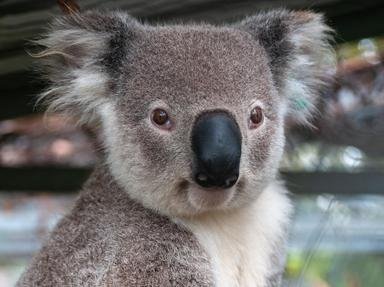Quiz Answer Key and Fun Facts
1. Australia is famous for its many species of venomous snakes. Which of the following snakes is considered to have the most potent venom in the world?
2. Although not quite the most venomous, which of the following snakes is considered the deadliest Australian snake, based on its being responsible for about 60% of snake-bite related deaths?
3. Venomous mammals tend to be rare around the world, but of course Australia has one of its own. The male members of what Australian species have a venom spur on their hind legs?
4. Out of the following lizard species, which one is known to be venomous?
5. Found in Australia's tropical reefs, this sea creature, known for its colourful shell and highly venomous sting, goes by what name?
6. Which of the following is both the smallest and one of the most venomous varieties of jellyfish in the world?
7. Found in tidal pools and coral reefs around Australia, which of the following marine animals is a colourful mollusk known for its venomous bite that can kill a person within minutes?
8. This creature is not native to Australia but was introduced from Hawaii in one of the biggest ecological blunders ever. Which of the following is a poisonous amphibian that poses a serious threat to native species in Northern Australia where it thrives?
9. Which of the following is considered the deadliest spider in Australia, and possibly the world?
10. Which of the following spiders has a reputation (which is actually unfounded) for causing necrotic arachnidism (rotting flesh) as a result of its bite?
Source: Author
agentofchaos
This quiz was reviewed by FunTrivia editor
rossian before going online.
Any errors found in FunTrivia content are routinely corrected through our feedback system.
